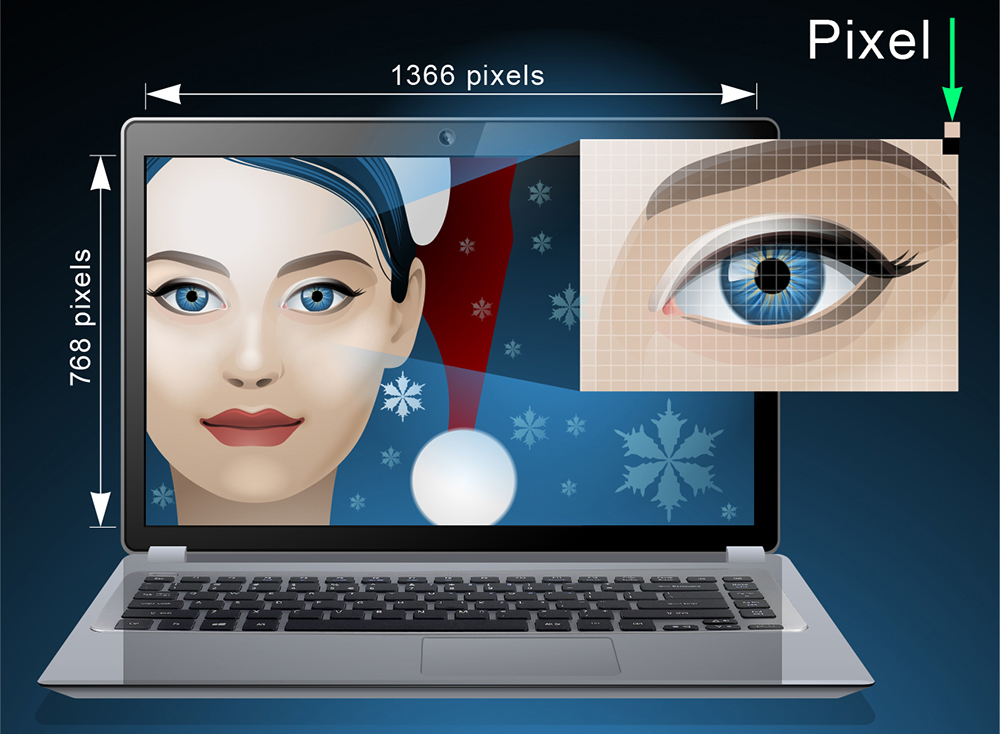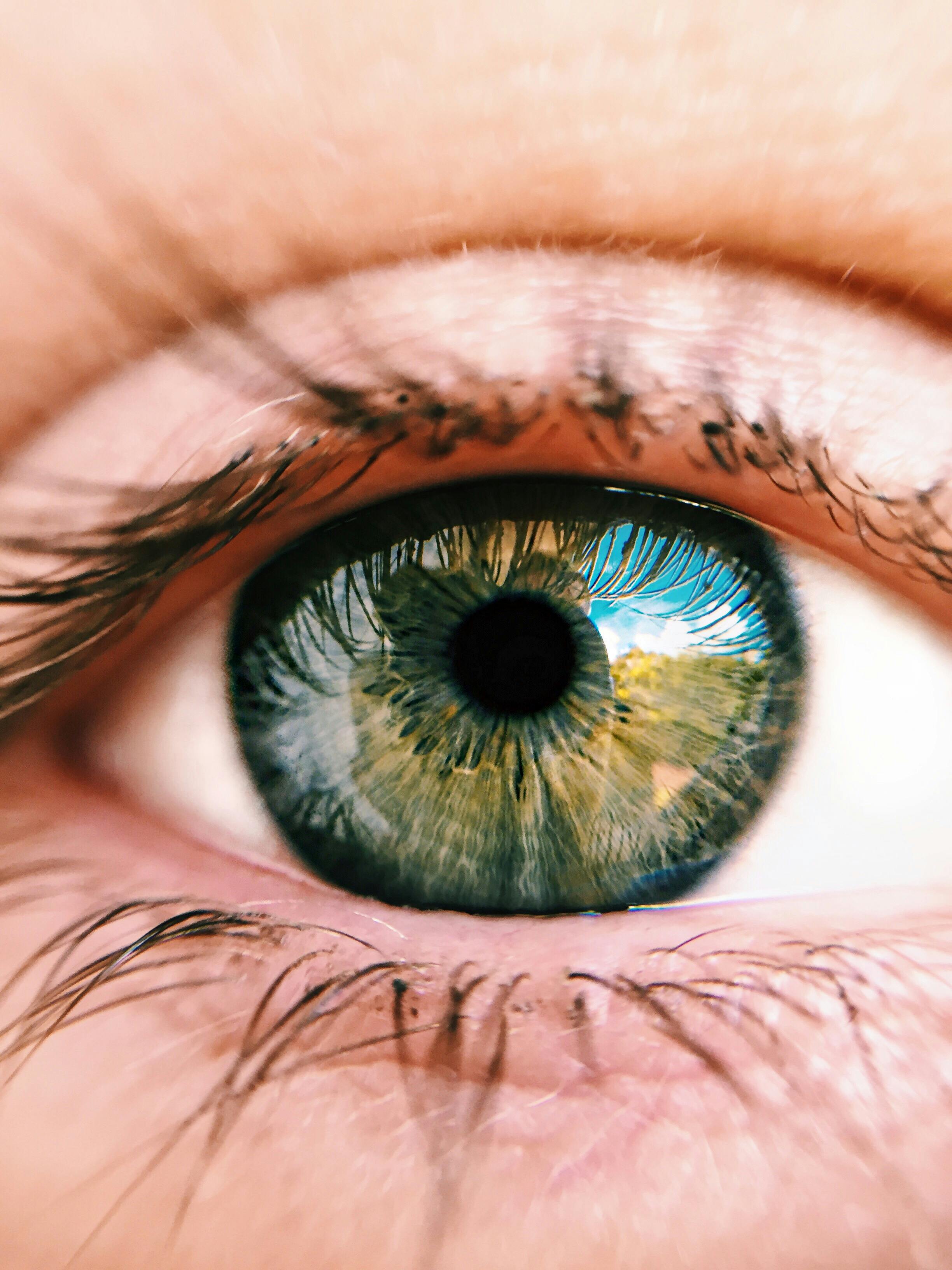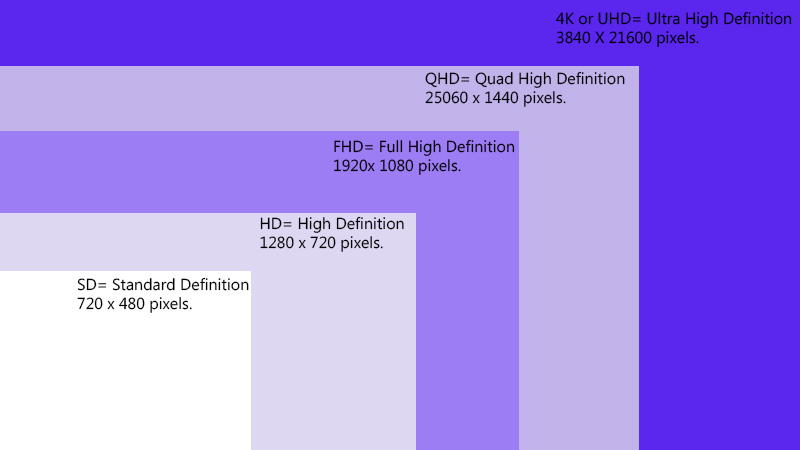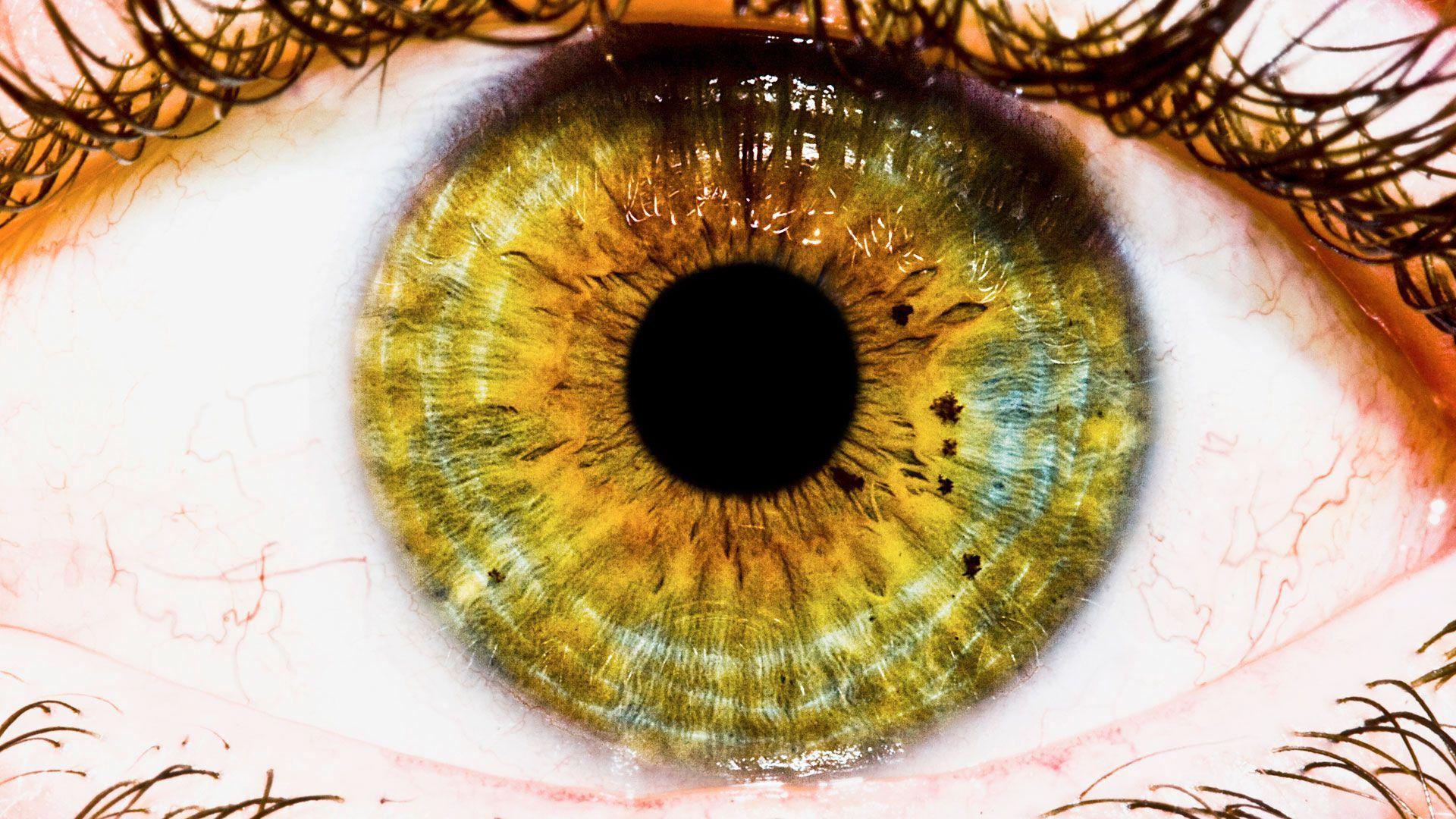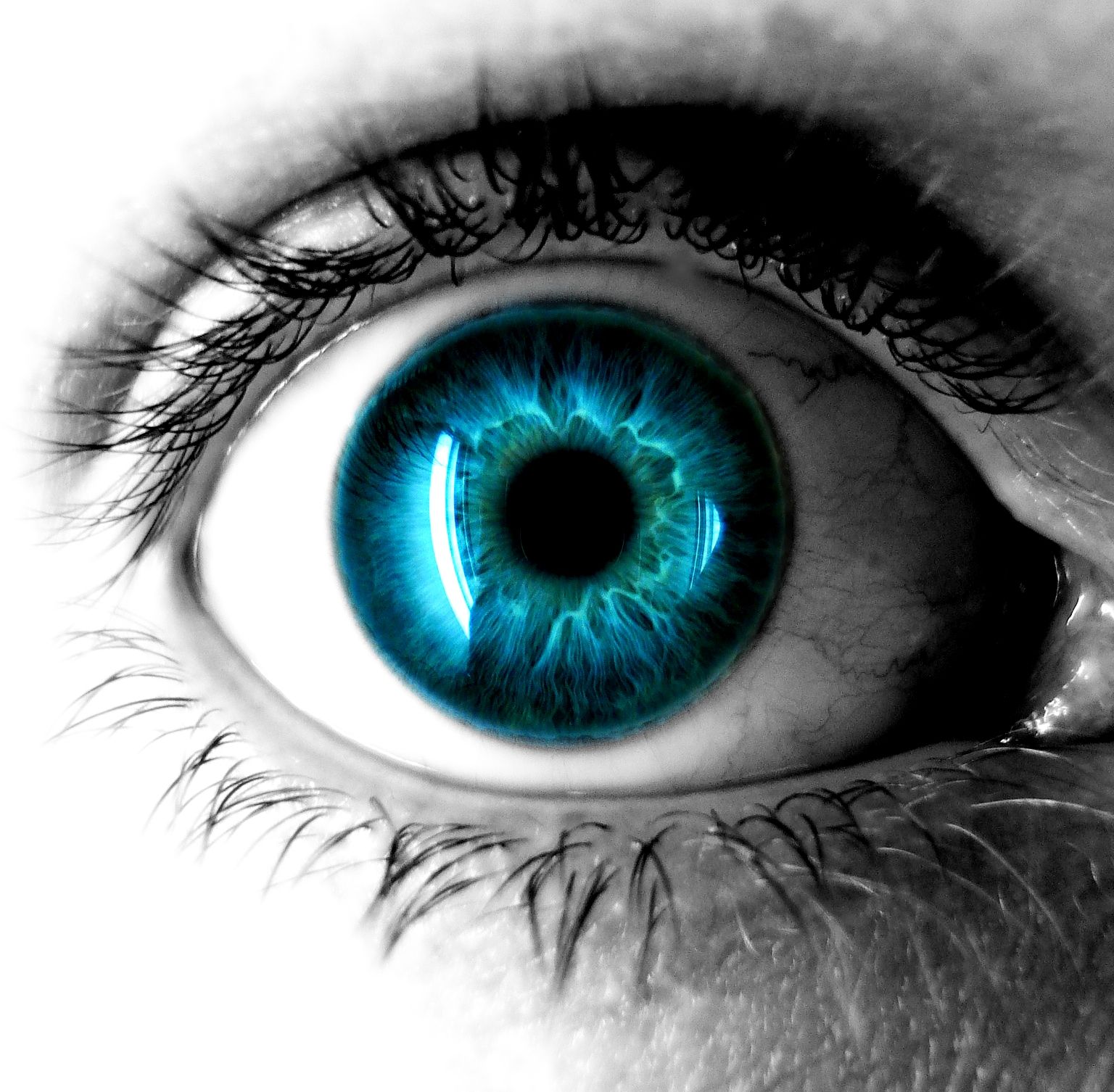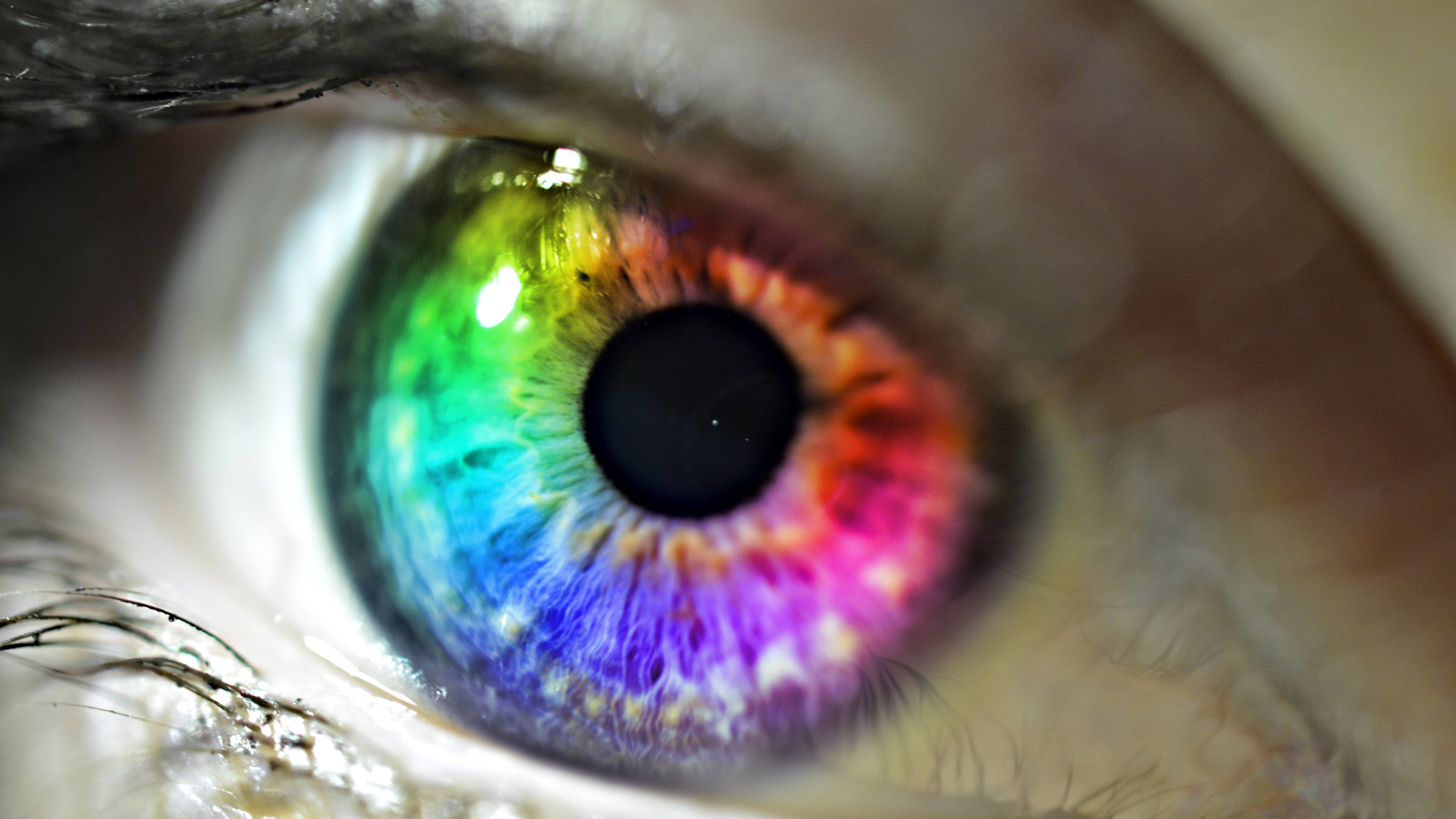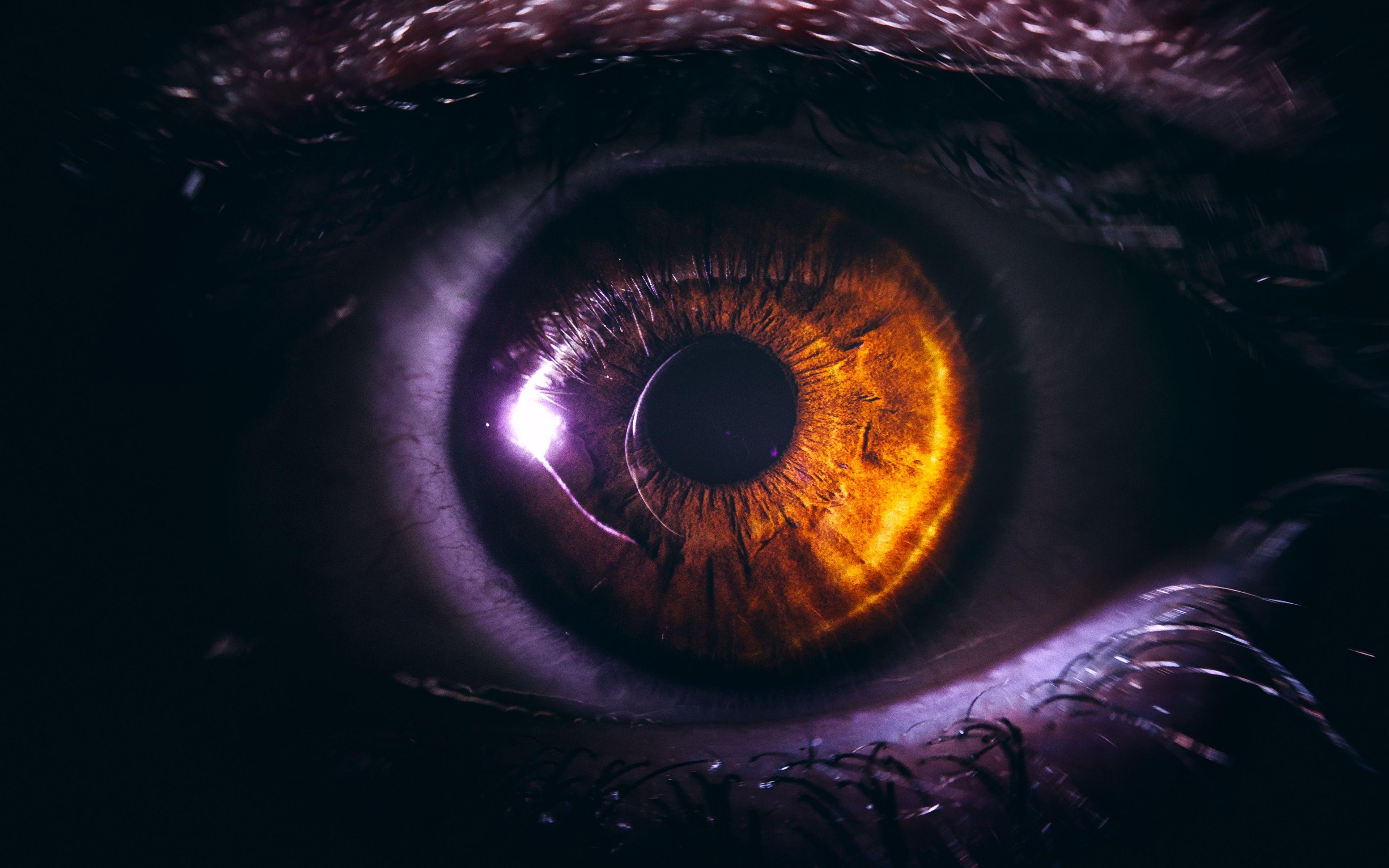Best Computer Resolution For Eyes
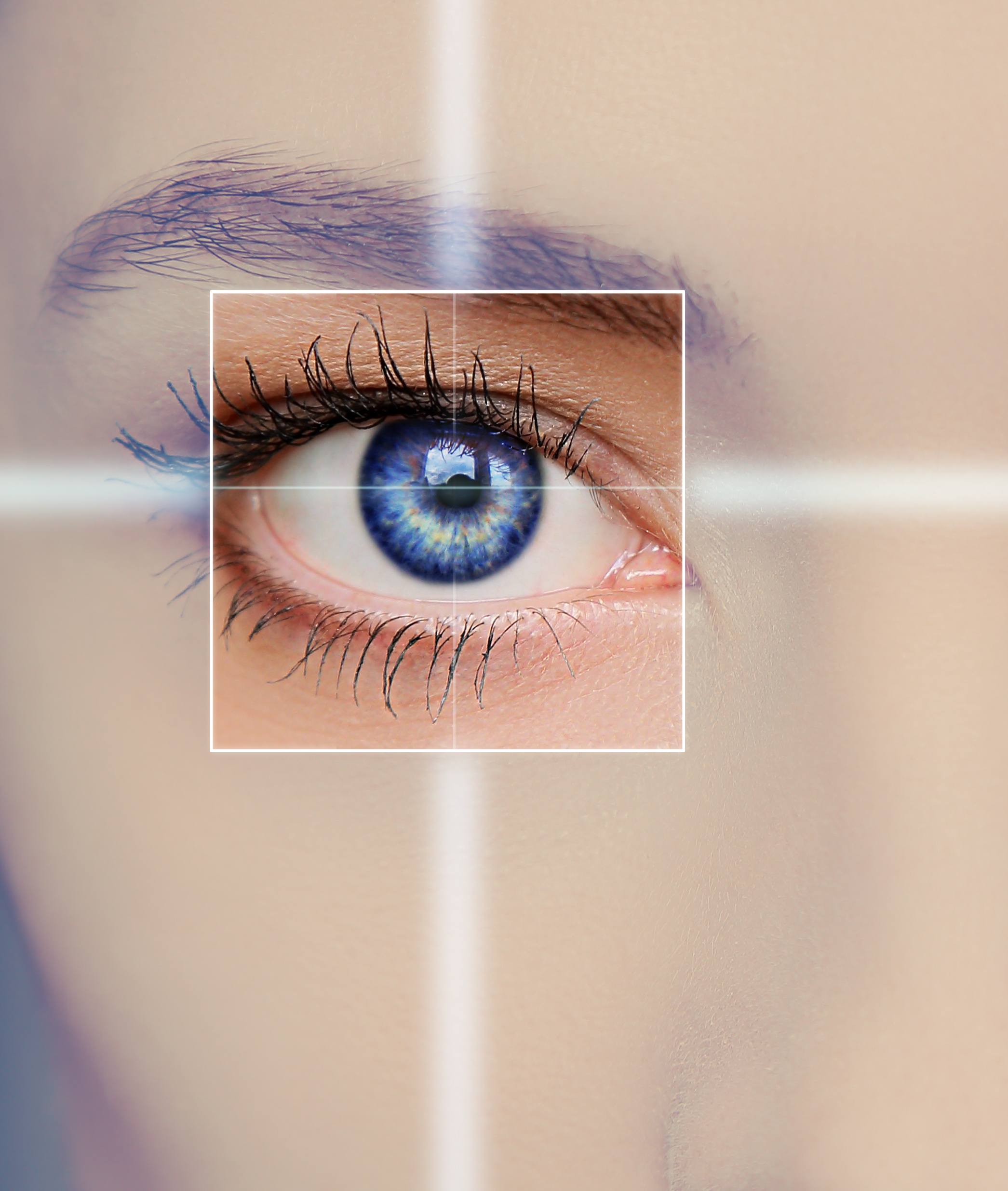
In today's digital world, we spend countless hours staring at screens. Choosing the right computer resolution is crucial for eye comfort and productivity. This review helps value-conscious shoppers find the optimal resolution for their needs, balancing visual clarity with affordability. We will analyze various resolutions, considering different screen sizes and user scenarios.
Why Computer Resolution Matters
Resolution determines the sharpness and clarity of images and text on your screen. A higher resolution means more pixels, resulting in finer details and less strain on your eyes. Poor resolution can lead to eye fatigue, headaches, and reduced productivity. Investing in the right resolution is an investment in your well-being and work efficiency.
Understanding Resolution Metrics
Resolution is expressed as width x height in pixels, such as 1920x1080 (Full HD) or 3840x2160 (4K). Higher numbers indicate a greater pixel density and sharper image. Pixel density is measured in pixels per inch (PPI), which indicates how closely packed the pixels are on the screen. Higher PPI results in a sharper and more detailed image.
Shortlist of Recommended Resolutions
Here's a shortlist of resolutions, considering different user needs and budgets:
- Budget-Friendly: 1920x1080 (Full HD) - Suitable for general use and smaller screens.
- Mid-Range: 2560x1440 (QHD) - Offers a significant upgrade in sharpness and is ideal for medium-sized screens.
- High-End: 3840x2160 (4K UHD) - Provides exceptional detail and is best for larger screens and professional use.
Detailed Resolution Reviews
1920x1080 (Full HD)
Full HD remains a popular choice for its affordability and compatibility. It's adequate for everyday tasks like browsing, email, and word processing. On smaller screens (24 inches or less), it offers decent clarity. However, on larger screens, the pixel density might be too low, leading to noticeable pixelation.
2560x1440 (QHD)
QHD provides a noticeable improvement in sharpness over Full HD. It's a good balance between price and performance, making it ideal for gaming and creative work. This resolution shines on 27-inch to 32-inch monitors, offering a comfortable viewing experience with crisp details. QHD is a great step up for improved visual clarity.
3840x2160 (4K UHD)
4K UHD delivers stunning detail and clarity, making it suitable for professional photo and video editing. It's best experienced on larger screens (32 inches and above) to appreciate the increased pixel density. 4K requires a more powerful computer to run smoothly, especially for gaming. The cost is considerably higher, but the visual experience is unmatched.
Side-by-Side Specs Table
| Resolution | Pixel Count | Ideal Screen Size | Typical Use Case | Performance Score (Out of 10) |
|---|---|---|---|---|
| 1920x1080 (Full HD) | 2,073,600 | 24 inches or less | General Use, Budget Gaming | 7 |
| 2560x1440 (QHD) | 3,686,400 | 27-32 inches | Gaming, Creative Work | 8.5 |
| 3840x2160 (4K UHD) | 8,294,400 | 32 inches or more | Professional Photo/Video Editing, High-End Gaming | 9.5 |
Practical Considerations
Beyond resolution, consider the screen size, refresh rate, and panel type (IPS, TN, VA). A higher refresh rate (144Hz or higher) is beneficial for gaming, reducing motion blur. IPS panels offer better color accuracy and viewing angles, while TN panels have faster response times but poorer color reproduction. VA panels offer a compromise between the two.
Also, ensure your computer's graphics card can handle the chosen resolution. Running a 4K monitor with an underpowered GPU can result in lag and poor performance. Adjusting text scaling settings in your operating system can improve readability at higher resolutions.
Summary and Recommendation
Choosing the right resolution depends on your budget, screen size, and primary use. Full HD is adequate for basic tasks, while QHD offers a good balance between price and performance. 4K provides the best visual experience but requires a significant investment. Consider all factors discussed to make the most informed decision for your needs.
Ultimately, the best resolution for your eyes is the one that provides the clearest and most comfortable viewing experience for your typical usage scenario. Don't hesitate to visit a store and compare different resolutions in person.
Call to Action
Ready to upgrade your viewing experience? Explore the recommended resolutions at your local electronics store or online retailers. Compare different models and find the perfect fit for your budget and needs. Start enjoying sharper, clearer visuals today!
Frequently Asked Questions (FAQ)
Q: What is the ideal resolution for a 27-inch monitor?
A: 2560x1440 (QHD) is generally considered the ideal resolution for a 27-inch monitor. It provides a sharp and detailed image without requiring excessive processing power.
Q: Does a higher resolution always mean better eye comfort?
A: Not necessarily. A higher resolution can improve clarity, but it's crucial to consider screen size and viewing distance. Too high a resolution on a small screen can make text appear too small, leading to eye strain.
Q: Can my computer handle a 4K monitor?
A: Check your computer's graphics card specifications. A dedicated graphics card with sufficient video memory (at least 4GB) is recommended for smooth 4K performance. Integrated graphics cards may struggle with 4K, especially for gaming or demanding applications.
Q: What is the difference between UHD and 4K?
A: UHD (Ultra High Definition) and 4K are often used interchangeably, but technically they are slightly different. 4K refers to a resolution of 4096 x 2160, while UHD is 3840 x 2160. In consumer products like TVs and monitors, UHD is more commonly used.
Q: How do I adjust text scaling on Windows?
A: Go to Settings > System > Display > Scale and layout. Adjust the "Change the size of text, apps, and other items" slider to your preferred level. Experiment to find a comfortable balance between text size and screen real estate.
Q: What if I have a Mac? How do I adjust display settings?
A: Go to System Preferences > Displays. Here you can adjust resolution and scaling. You may have options such as "Default for display" or "Scaled" which will allow you to adjust the resolution and text size to your liking.

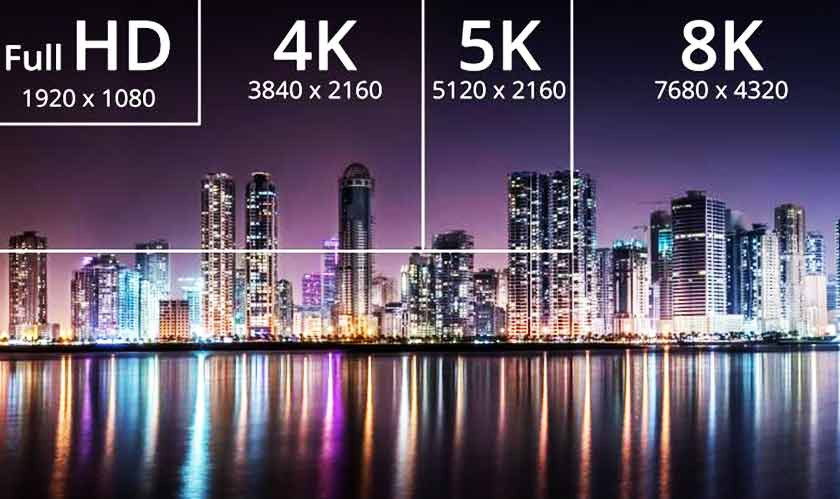


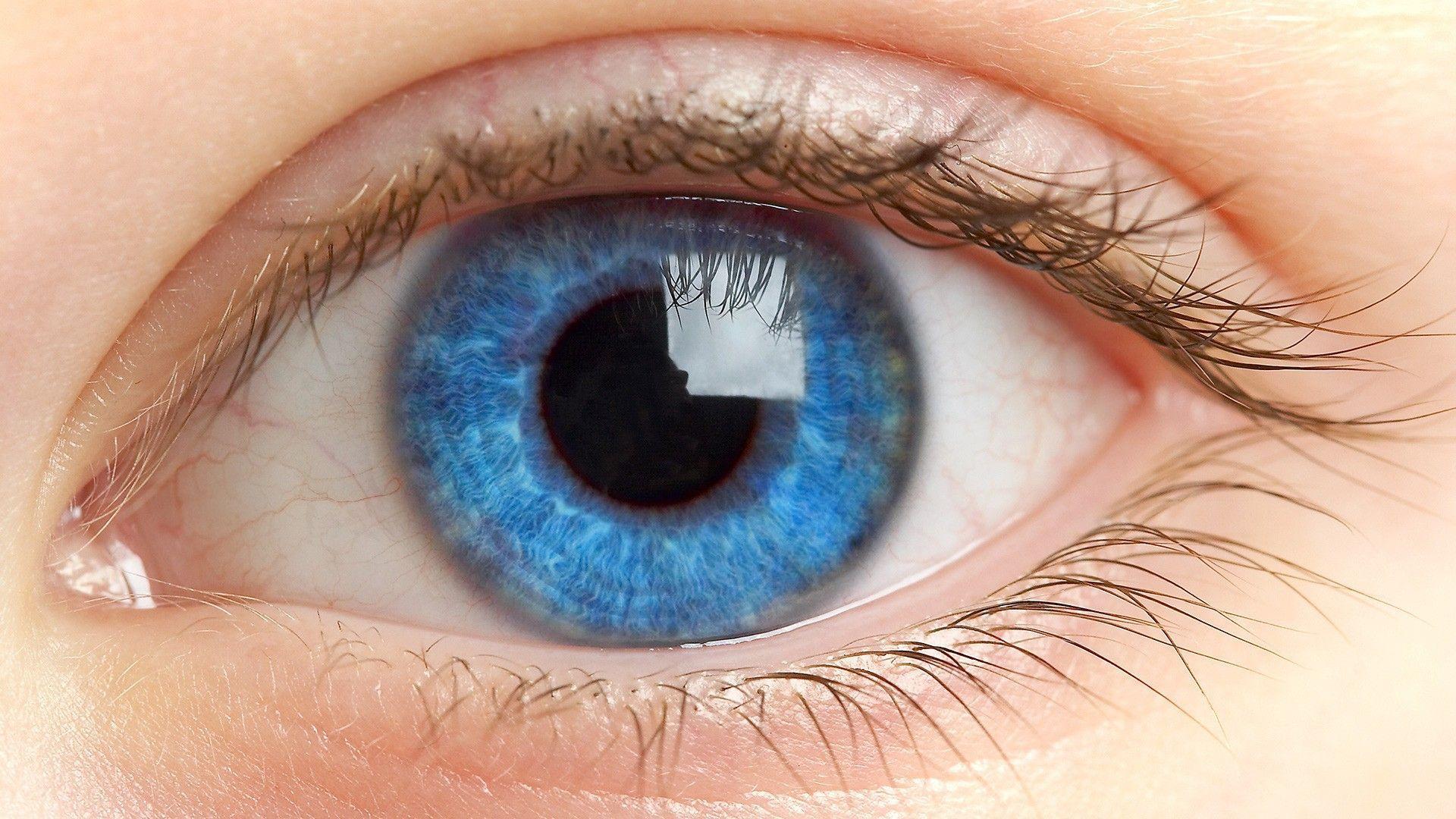
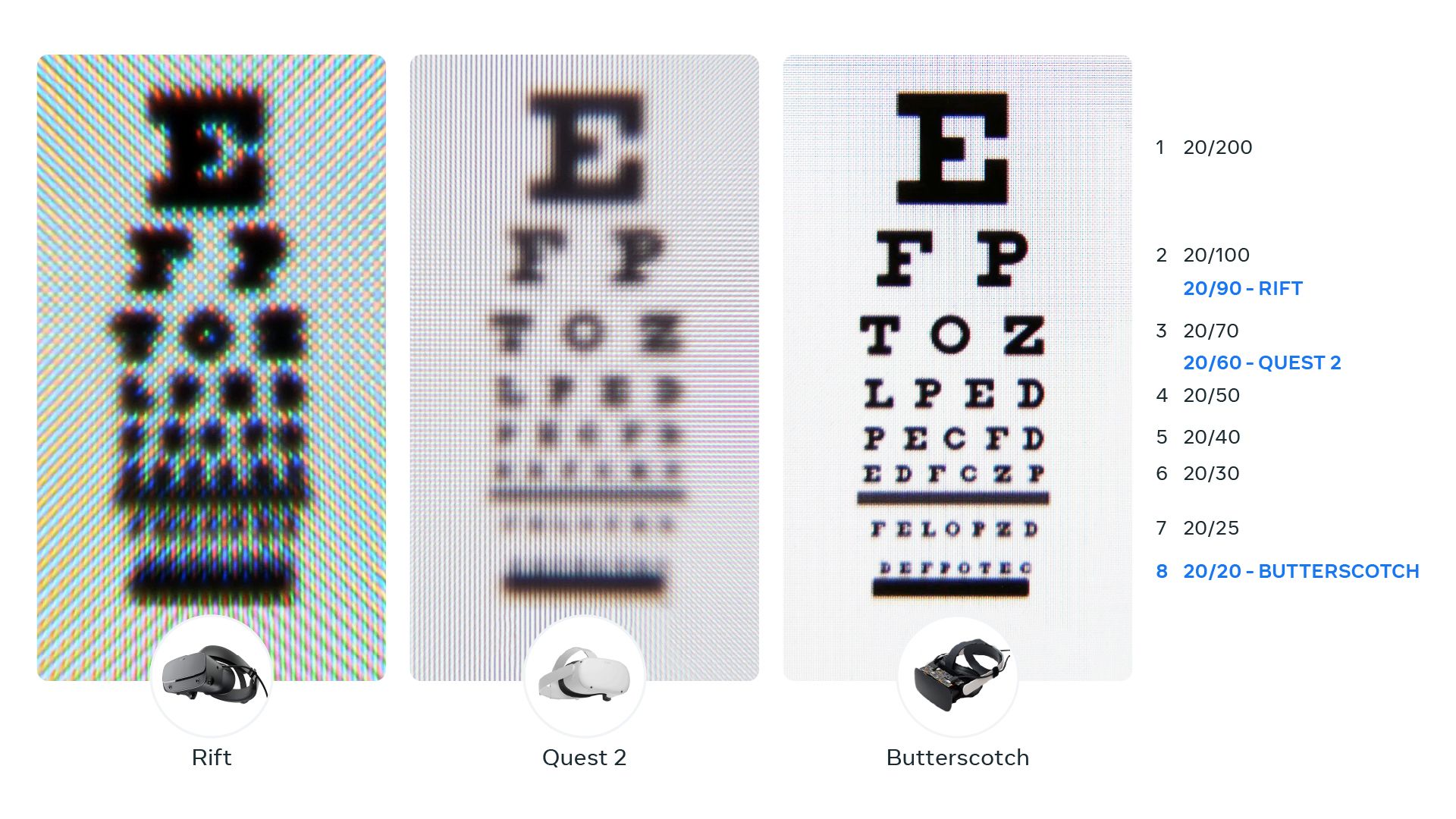

![Best Computer Resolution For Eyes What is the Resolution of Human Eye? [Answered]](https://home-cdn.reolink.us/wp-content/uploads/2023/06/161001541686909714.4371.jpg)
